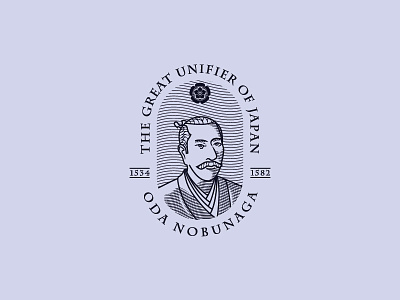Oda Nobunaga
Nobunaga was widely known for most brutal suppression of determined opponents, eliminating those who by principle refused to cooperate or yield to his demands. His reign was noted for innovative military tactics, fostering free trade, and encouraging the start of the Momoyama historical art period.
Nobunaga initiated a period in Japanese art history known as Fushimi, or the Azuchi-Momoyama period, in reference to the area south of Kyoto. He built extensive gardens and castles which were themselves great works of art. Azuchi Castle included a 7 storey Tenshukaku, which included a treasury filled with gold and precious objects. Works of art included paintings on movable screens (byōbu), sliding doors (fusuma), and walls by Kanō Eitoku. During this time, Nobunaga's tea master Sen no Rikyū established key elements of the Japanese tea ceremony.
Additionally, Nobunaga was very interested in European culture which was still very new to Japan. He collected pieces of Western art as well as arms and armor, and he is considered to be among the first Japanese people in recorded history to wear European clothes. He also became the patron of the Jesuit missionaries in Japan and supported the establishment of the first Christian church in Kyoto in 1576, although he never converted to Christianity.
